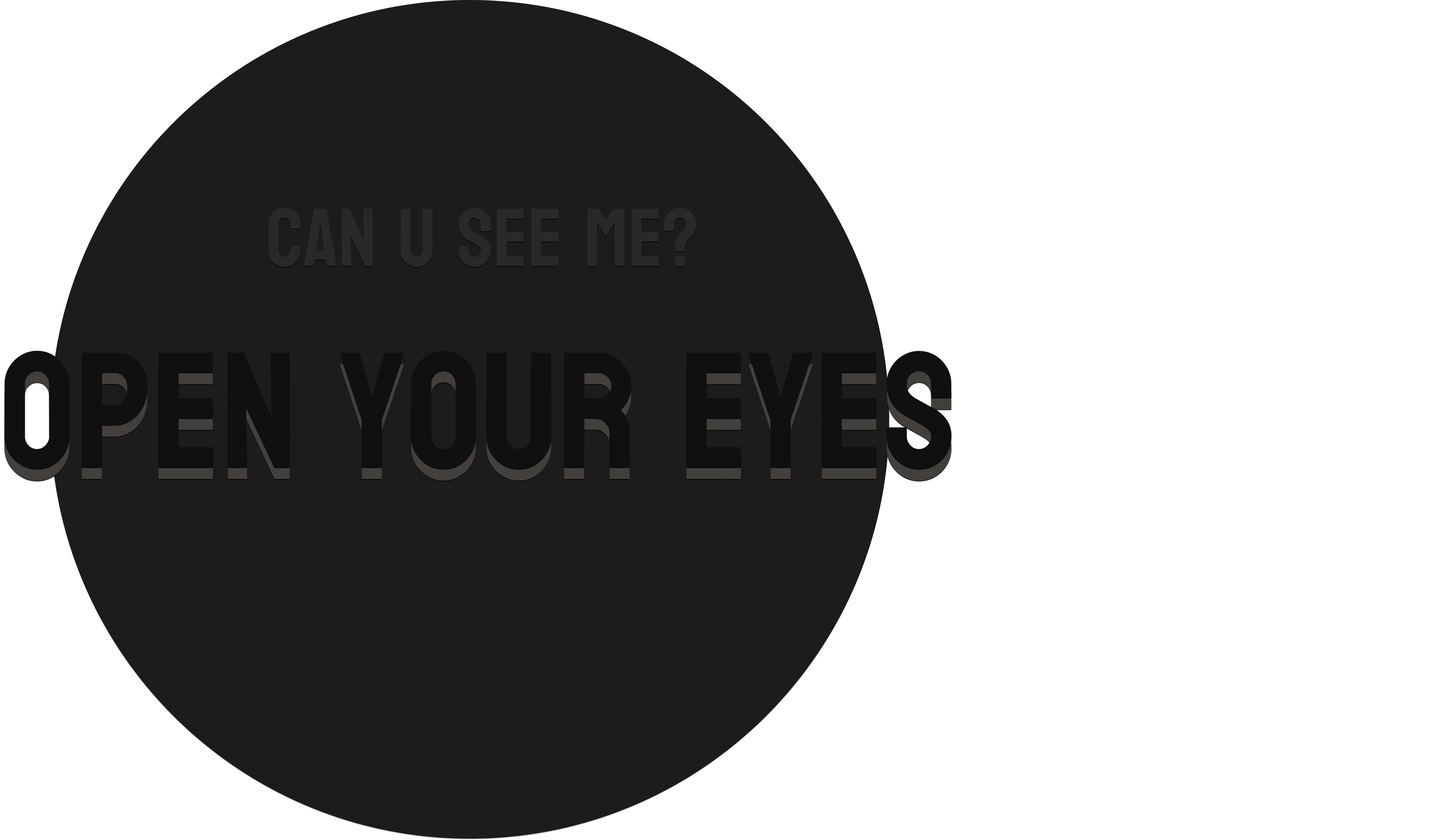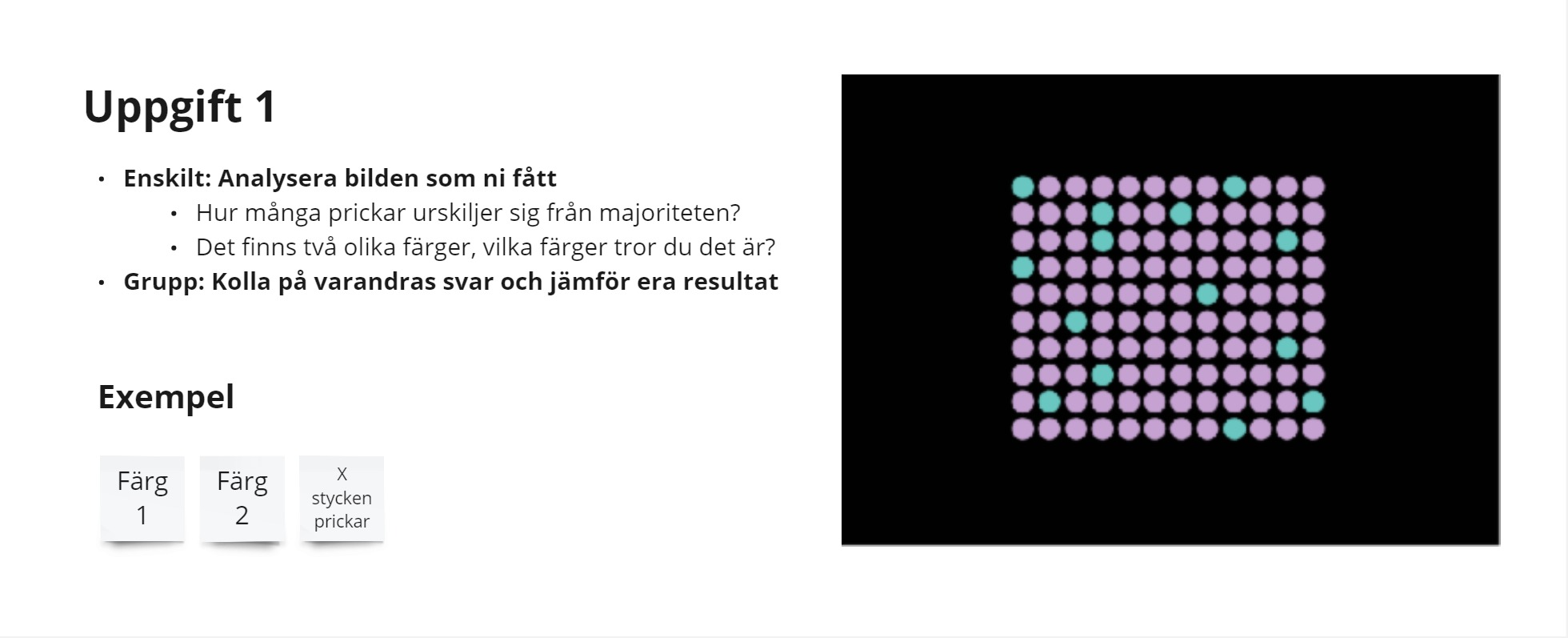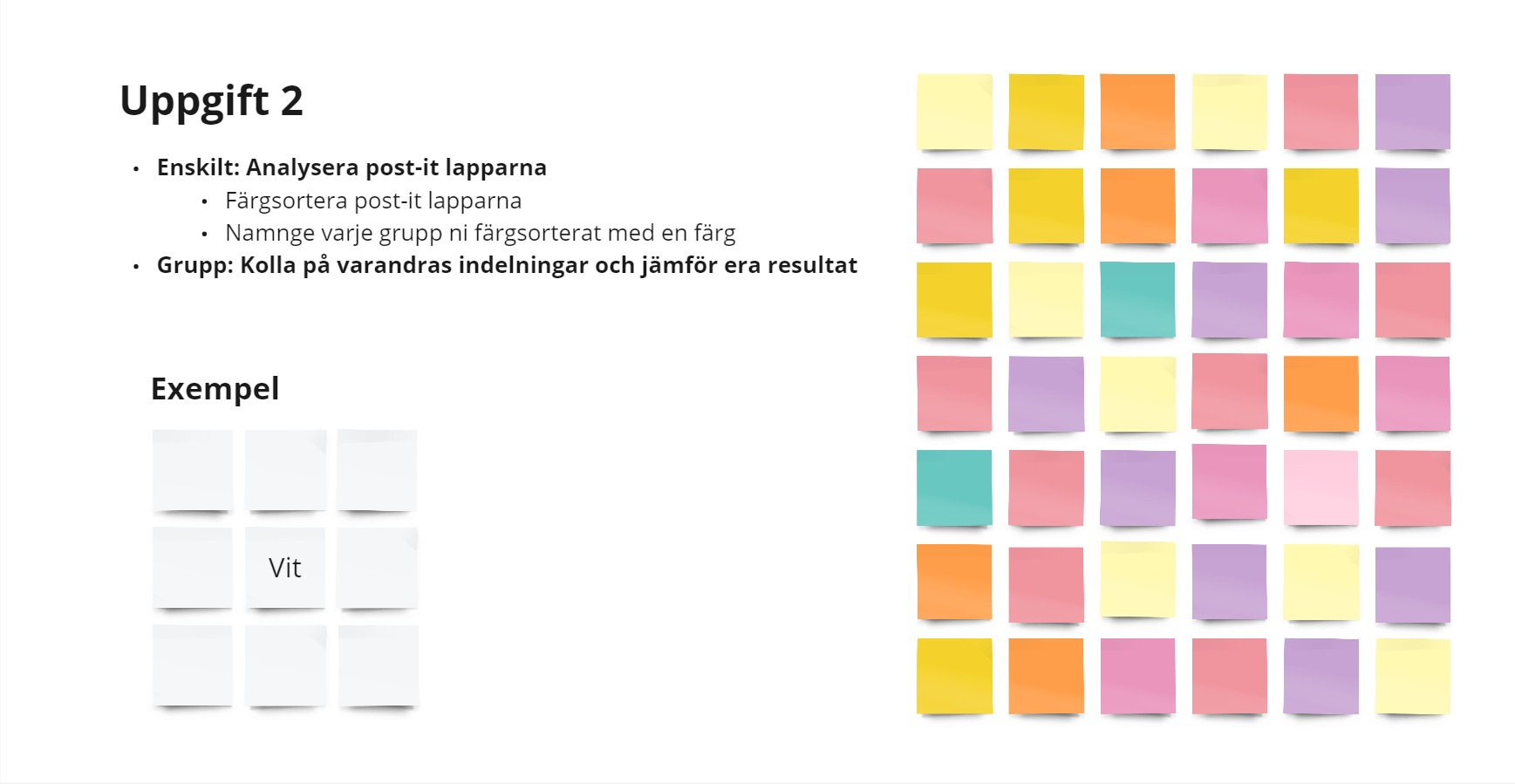Project: Open your eyes

Designstudio: Sustainability
My role: Shared project leader
Platform: Norm critical workshop
Team: 5 people
Duration: 5 weeks

Designstudio: Sustainability
My role: Shared project leader
Platform: Norm critical workshop
Team: 5 people
Duration: 5 weeks
Ever felt excluded from digital spaces? For the colorblind, this can be a daily reality. Many websites still overlook accessibility guidelines, making it challenging for them to fully participate. Let's prioritize inclusive design to ensure a digital world where everyone feels welcome. Maybe this is the way to make people understand?
Colorblindness affects around 8% of men and 0.5% of women globally, influencing how individuals perceive colors. In the realm of sustainability and digital design, acknowledging colorblindness is vital for inclusivity. Failing to consider this can hinder the user experience for a significant portion of the audience. Sustainable design means creating visually accessible content for everyone, ensuring a positive impact on a diverse audience.
In many digital environments, accessibility is often overlooked. A deficiency exists within digital collaboration spaces, where minimal attention is given to accessibility. This project specifically targets the perception and experiences of colorblind individuals within digital collaborative environments. The team opted to approach this issue with a focus on promoting social sustainability for the colorblind community.
To address this issue, research on colorblindness was conducted, utilizing surveys to gather data from individuals with various forms of color vision deficiency. Additionally, exploration extended to digital collaborative environments, exclusion, digital accessibility, and norm-critical perspectives. After gaining insights and generating ideas for different approaches, a workshop emerged as a suitable method. During the workshop, we incorporated a computer plugin that simulates approximately how a person with color blindness perceives colors. This allowed participants (non-colorblind individuals) to experience an approximation of what it is like to be colorblind, enhancing their understanding of the challenges faced by individuals with color vision deficiencies. Through this immersive experience, we not only highlighted the issue of exclusion but also provided participants with a platform to share their opinions and experiences.
The outcome for this project took the form of a workshop, functioning as our artifact. Its purpose was to evoke responses from participants without color blindness, thereby emphasizing the issue of exclusion. The purpose of the workshop was to stimulate discussion around the problem and identify necessary measures to address the issue. Our hope is that businesses, organizations, and individuals can utilize this workshop to promote awareness about the exclusion of colorblind individuals in digital collaborative environments. To comprehend and address an issue, there needs to be an awareness created for people to take initiative. This is why we chose to establish a workshop, as we believe that enlightenment can foster societal commitments. The workshop incorporates segments with individual queries and discussion prompts to foster engagement and exploration.
Below is a bullet-point list of challenges, insights, and methods used in the project.
Below is the structure for the workshop we created. First I present the tasks we created and then the structure for the diskussion.


Hello and welcome to this norm-critical workshop. The workshop aims to raise awareness of how people with color blindness are excluded in digital collaborative environments. During this workshop, you will be assigned two tasks, and finally, you will discuss how to create a more inclusive digital collaborative environment. The purpose of the workshop is to make people aware of the exclusion of color-blind individuals in digital collaborative environments. The goal is to put individuals in the shoes of color-blind individuals, help them understand the problem, determine the actions to improve the situation, and explore ways to include them. Everything you say and do during the workshop will only be used for this project. After the project ends, all materials will be deleted. If you feel uncomfortable or don't want to answer any questions, that's completely okay, and you can stop whenever you want. We also wanted to ask if it's okay for us to record to go back to the material and analyze it. Any questions before we start? During this workshop, you will experience being color-blind using a filter that simulates the closest possible result of what a color-blind person experiences. The simulator won't provide an exact result of what a color-blind person perceives, but it's as close as we can get.
Segment 1
Individual: Analyze an image Group: Compare results
Individual: Color-sort colors and name each group with a color
Group: Examine each other's categorizations and compare results
Group discussion
*All participants will have computers and access to the mirror board
Show the image with a color blindness filter
- Task: You will now look at the image under task 1 and count how many red dots you find. Then, write down how many you found.
- Individual: Analyze the given image (use post-its)
- Group: Compare your results
*Show the image with a color blindness filter
Task: Color Sorting
- Task: You will now color-sort the post-it notes under task 2. Then, you will name the color you see.
- Individual: Color-sort your different colors and name each group with a color
- Group: Examine each other's categorizations and compare results
*Show without the color blindness filter
Questions for each individual task:
- How do you think the first task went?
- How many red dots did you find?
- How do you think the second task went?
- What was your approach to the categorization?
- Did you notice any differences between your solutions?
Questions for both tasks:
- Was it easier or more challenging than you expected?
- Was there anything particularly challenging?
- Were there any frustrating moments?
- Was there any color you found harder to distinguish between?
- Could the notes have been presented differently?
- Do you think you would have had a different result if you saw the colors as you normally would?
- Was there anything surprising in your result?
- How did you feel when you couldn't see much difference between the colors?
- What insights did you gain regarding the experiences of color-blind individuals?
- How do you think color-blind individuals feel when they are in digital collaborative environments?
- What difficulties do you think can arise during online collaboration for someone who is color-blind?
- What do you think is the most significant change needed to include color-blind individuals more in digital contexts?
- How do you think awareness of the exclusion can be increased?
- What actions need to be taken by society?
- Who do you think bears the responsibility for making a change?
- What is the most significant lesson you take away from the workshop?
This project was done in collaboration with the client Destination Halmstad. Tylösand annually receives many visitors in the summer, especially at the same time as a golf tournament is held. The aim was to reduce frustration regarding means of transportation for the visitors. The project is not currently implemented but the client has recieved our work.